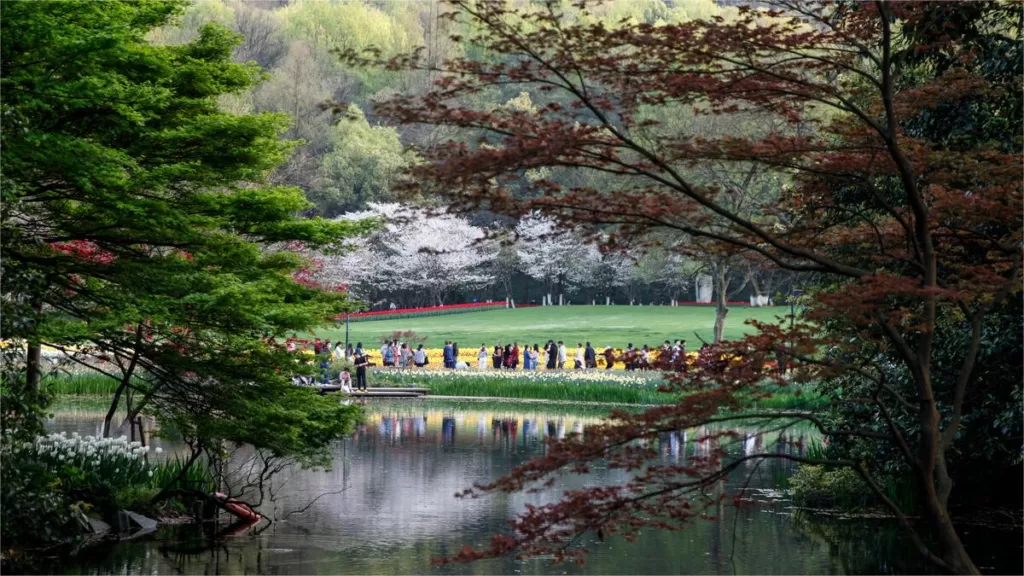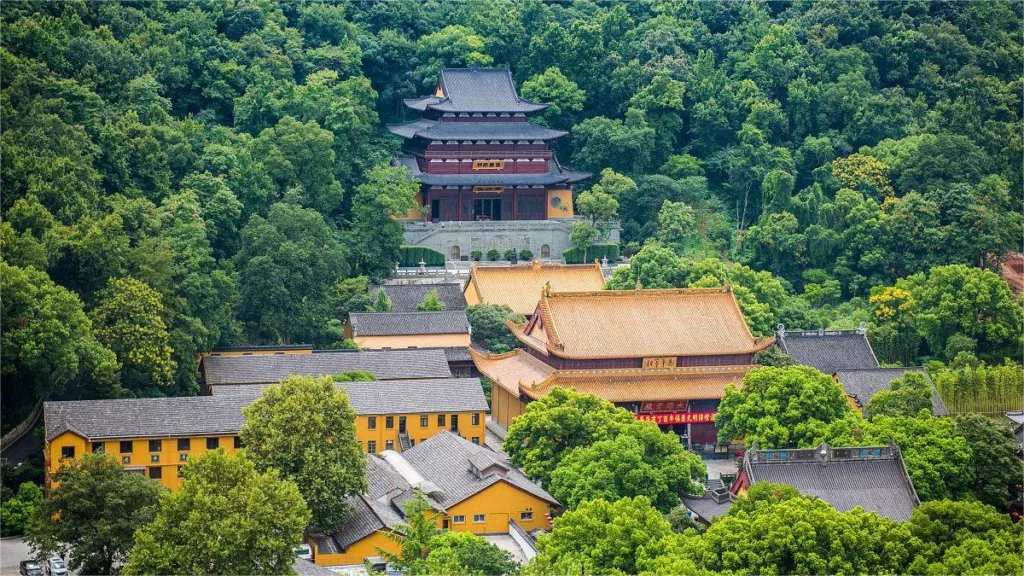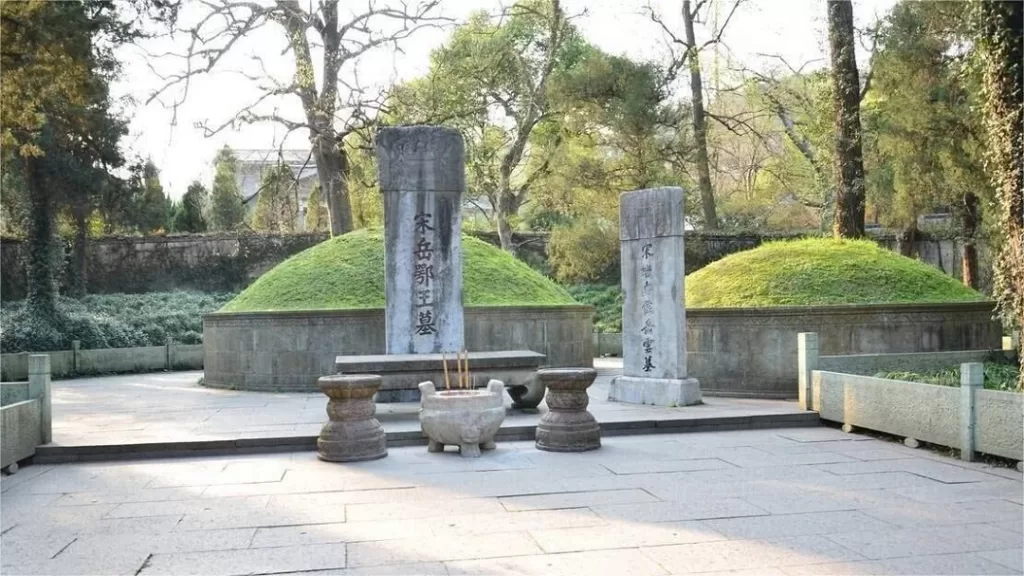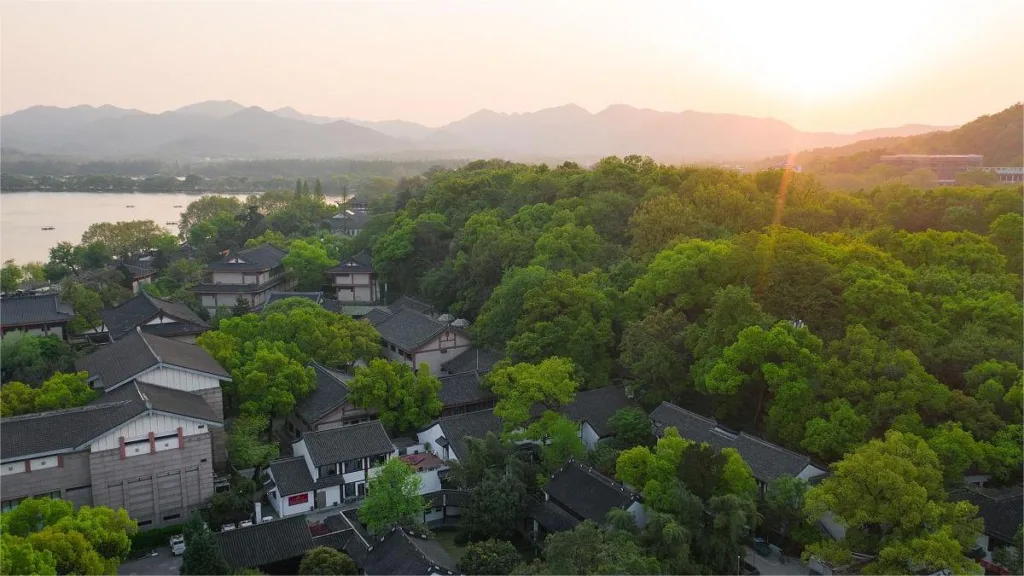Su Causeway, formerly known as Su Gong Causeway, is a picturesque tree-lined embankment that traverses the north and south scenic areas of Hangzhou’s West Lake. Constructed during the fourth year of the Yuan You era (1089) of the Northern Song Dynasty, it is a testament to the efforts of the renowned poet Su Shi (Su Dongpo) during his tenure as the governor of Hangzhou. In recognition of Su Dongpo’s contributions to the management of West Lake, the people of Hangzhou named it “Su Causeway.”
Running in a north-south direction, Su Causeway spans 2797 meters in length with a width ranging from 30 to 40 meters and rises 0.4 meters above the lake surface. Extending from the foothills of Nanping Mountain in the south to Beishan Mountain in the north, it traverses the lake, offering the optimal vantage point for enjoying panoramic views. Situated approximately 500 meters west of the lake’s shore and 2300 meters from its eastern bank, Su Causeway divides the lake into two parts, with the western portion being smaller in area compared to the eastern part, roughly in a 1:5 ratio.
Table of Contents
Basic Information
| Estimated Length of Tour | 0.5 – 1 hour |
| Ticket Price | Free |
| Opening Hours | 24 hours a day |
| Telephone Number | 0086-0571-87977767 |
Location and Transportation
Su Causeway is situated on the western side of West Lake in Hangzhou, Zhejiang Province, China. It stretches from the southern foothills of Nanping Mountain in the south to Beishan Mountain in the north. To get there, you can take bus 4, 1314, West Lake Inner Line, or West Lake Outer Line, and get off at Su Causeway South End Stop (苏堤南口站).
Highlights of Su Causeway
Su Shi and Su Causeway

During Su Shi’s second term as governor of Hangzhou from 1089 to 1091, he observed the overgrowth of vegetation and shrinkage of water in West Lake, with half of it being claimed by swampy fields. In response, he petitioned the imperial court for permission to dredge the lake. With authorization and a “monk decree” granting him the assistance of 100 monks, he initiated a project to enlist local laborers in clearing the lake. With over 200,000 man, the lake was successfully cleared of aquatic plants, and the excavated silt was utilized to construct the causeway.
The section of the causeway overseen by Su Dongpo likely formed the precursor to the later-established embankment stretching from the southern foothills of Nanping Mountain to the vicinity of Qixia Ridge. Although embryonic in form, this embankment already boasted six famous bridges – Yingbo, Suolan, Wangshan, Yadi, Dongpu, and Kuahong.
Spring Dawn on Su Causeway

Su Causeway was adorned with various ornamental flowers and trees such as magnolias, cherry blossoms, hibiscus, and osmanthus, presenting a kaleidoscope of colors throughout the seasons. The ever-changing atmosphere, influenced by the time of day and weather conditions, imbued the scenery with diverse charms, akin to a picturesque painting or poem, making Su Causeway a perennial attraction for visitors.
Since the Southern Song Dynasty (13th century), “Spring Dawn on Su Causeway” has been celebrated as the foremost among the “Ten Scenes of West Lake.” This elongated embankment, with its undulating waves and lush foliage, adds an enchanting dimension to the lake’s landscape. During the Yuan Dynasty, it was renowned as the “Six Bridges amid Smoke and Willows” and was included among the “Ten Views of Qiantang.”










